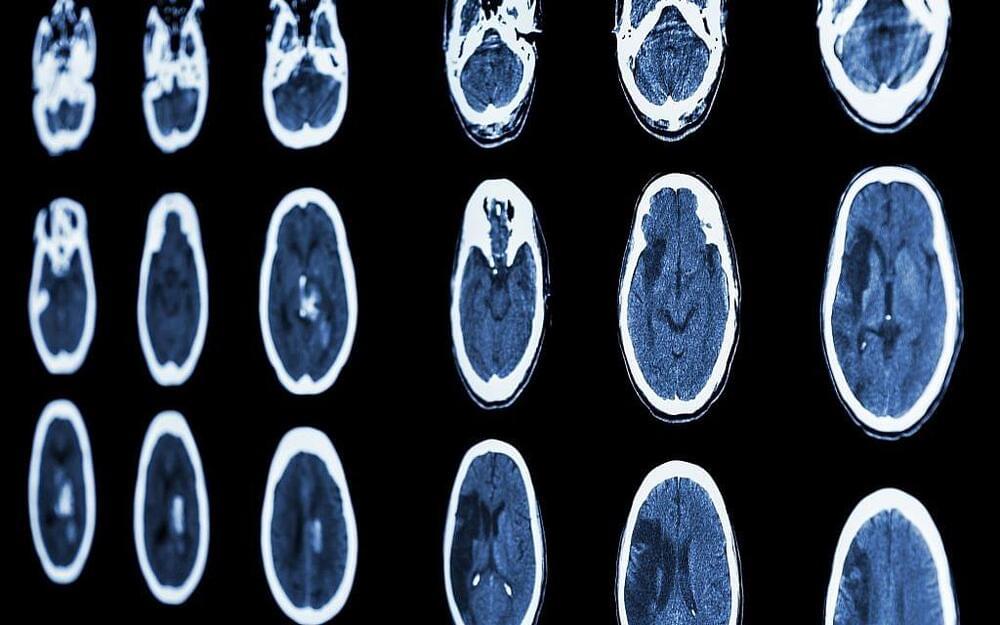SpinLaunch says it will launch a NASA payload later this year after signing an agreement with the space agency.
Get the latest international news and world events from around the world.

New nanotechnology bubbles could speed up pharma development
A new technique for synthesising and screening molecules developed by Danish researchers has been described in a paper published in Nature Chemistry.
The technique, dubbed “single particle combinatorial lipidic nanocontainer fusion based on DNA-mediated fusion” or SPARCLD, uses tiny soap-like “bubbles” to produce more than 40,000 different molecules on an area the size of a pinhead.
The bubbles form “nano-containers” inside which molecules can be produced using DNA nanotechnology. About 42,000 nano-containers can fit on one square millimetre.
Unreal Engine 5 | Sizzle Reel
Ready for what’s next? Watch our Unreal Engine 5 sizzle reel for a glimpse at what’s now possible with real-time technology.
With Unreal Engine 5, we aim to empower both large and small teams to really push the boundaries of creativity, visually and interactively. UE5 will enable game developers and creators across industries to realize next-generation real-time 3D content and experiences with greater freedom, fidelity, and flexibility than ever before.
Want to learn more about Unreal Engine 5? Download the release for free, and explore the new features, sample projects, and learning resources: https://www.unrealengine.com/en-US/unreal-engine-5
#UnrealEngine5 #UE5 #RealTimeTechnology #3DContent #Creators #GameDevelopers



All the Biomass of Earth, in One Visualization
Our planet supports approximately 8.7 million species, of which over a quarter live in water.
But humans can have a hard time comprehending numbers this big, so it can be difficult to really appreciate the breadth of this incredible diversity of life on Earth.
In order to fully grasp this scale, we draw from research by Bar-On et al. to break down the total composition of the living world, in terms of its biomass, and where we fit into this picture.


Israeli startup Viz.ai nabs $100m for AI tech that detects brain conditions in scans
Medical tech company Viz.ai, a developer of an AI-powered stroke detection and care platform, has pulled in a new investment of $100 million at a valuation of $1.2 billion, making it Israel’s newest unicorn (a private company valued at over $1 billion).
The company said Thursday that the Series D funding will be used to expand the Viz platform to detect and triage additional diseases and grow its customer base globally.
Viz.ai’s newest round was led by Tiger Global Management, a New York-based investment firm focused on software and financial tech, and Insight Partners, a VC and private equity firm also based in New York. Tiger Global has invested in Israeli companies such as cybersecurity companies Snyk and SentinelOne as well as payroll tech companies Papaya Global and HoneyBook. Insight Partners is a very active foreign investor in Israeli companies, with at least 76 local portfolio startups to its name including privacy startup PlainID, bee tech startup Beewise, and music tech startup JoyTunes.

Magic mushroom compound increases brain connectivity in people with depression
The new results, taken from two combined studies, reveal that people who responded to psilocybin-assisted therapy showed increased brain connectivity not just during their treatment, but up to three weeks afterwards. This “opening up” effect was associated with self-reported improvements in their depression.
Psilocybin, the psychedelic compound found in magic mushrooms, helps to “open up” depressed people’s brains, even weeks after use, a study has found.
These are the findings of a new analysis of brain scans from close to 60 people receiving treatment for depression, led by Imperial College London’s Centre for Psychedelic Research. The team behind the study believes it may have untangled how psilocybin exerts its therapeutic effects on the brain.
Psilocybin is one of a number of psychedelics being explored as a potential therapy for psychiatric disorders. Several studies have trialled a synthesised form of the drug to treat patients with depression and anxiety, with promising results.
